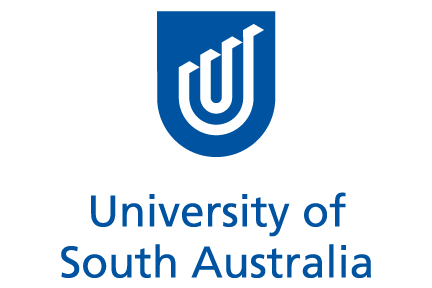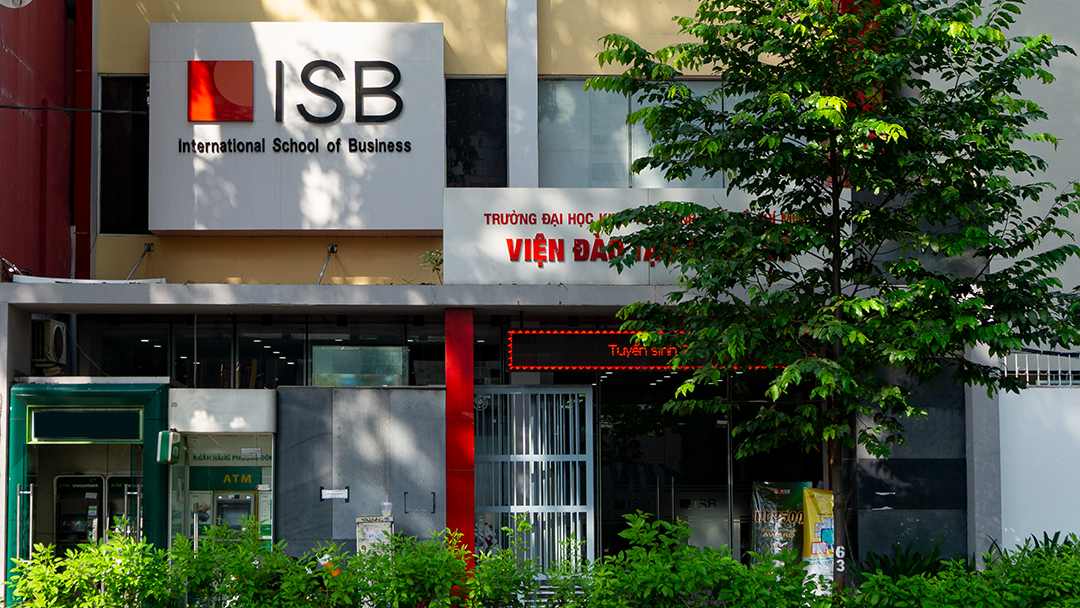Your thoughts matter, and we look forward to hearing from you!
Feel free to reach out to us effortlessly through our user-friendly contacts form. Whether you have inquiries, suggestions, or feedback, this streamlined communication channel ensures a prompt and efficient response.
Note: Weighting data has been applied on this dashboard.
The most well-known work-stress theories such as the Job Demand–Resources model (Demerouti et al., 2001), the Job Demand–Control model (Karasek, 1979) and Effort–Reward Imbalance model (Siegrist, 1996) have been highly influential in knowledge development and understanding about how work factors affect an individual’s health and motivation at work. A common thread through the models is that adequate job resources may reduce otherwise negative impacts of high job demands. In working environments with higher levels of job resources, employees may be empowered by the energy aroused to have higher resilience and control over the job demands that consequently may have otherwise contributed to poor health and reduced productivity outcomes (Dollard, Tuckey, & Dormann, 2012).
The PSC extended motivational pathway shows that PSC directly predicts job resources and directly or indirectly predicts work outcomes such as engagement, presenteeism, and turnover
Dollard & Karasek, 2010; Idris et al., 2015; Law et al., 2011
Learn More
SEE MORE DATA VISUALISATIONS BY THE STRESSCAFÉ TEAM.
Psychosocial Safety Climate (PSC) acts as an organisational climate measure and lead indicator for psychosocial risks factors, employees psychological health, and organisational productivity outcomes (Dollard, 2011). Indeed, PSC was supported in the research as the leading indicator of work outcomes such as employee engagement and job satisfaction which can signify a beneficial target for stakeholders to monitor, address and evaluate PSC within organisations and across industries.
Afsharian, et al., 2018

Work engagement
Work engagement refers to a positive, satisfying, work-related state of mind that comprises three main elements — vigour or bursting with energy; dedication and job inspiration; and absorption or immersed by job (Schaufeli, Bakker, & Salanova, 2006). Accordingly, vigour is characterised as being highly energetic and psychologically flexible at work. Dedication provides a sense of passion and challenge and finally, absorption is referred to as a situation where employees are favourably engrossed in the job (Afsharian, et al., 2018).
Job satisfaction
Job satisfaction is defined as the amount an employee feels self-motivated by their work. This includes being happy and experiencing fulfillment with their job. Job satisfaction occurs when workers feel job stability and security, having adequate career development, and a comfortable balance between work and life.









